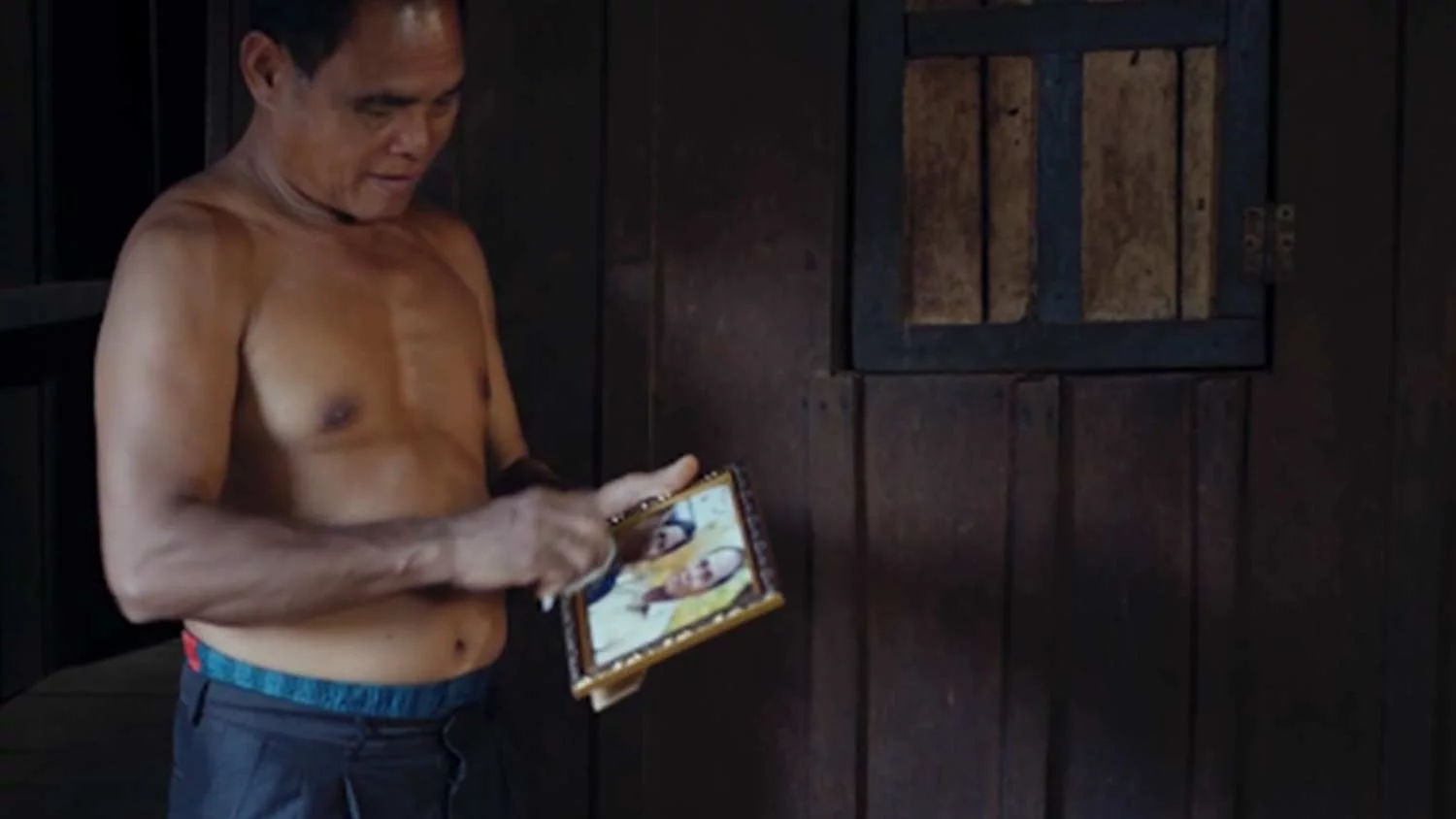Among A Thousand Weddings & A Million Funerals ‘Side By Side’
By Nanthinee Shree

Streets are not purely transitory, planned spaces of bare concrete. They are deeply political. Who these sites include and exclude, what kind of connections the city facilitates, and whose lives ultimately come to matter within them, are the concerns of director Petersen Vargas. How to Die Young in Manila, through the brief journey of a young boy searching for an anonymous hookup makes for a simple plot, offers entry into a world of desire, doubt, disgust and death.
Side by side
Together as strangers
At their Union
Laughter and Joy
Filling their home
Over years of learning to love
he said
they stood in fear
conceding
for survival.
silenced for years
beneath layers of trauma.
to start anew,
she said
– A twin cinema poem composed by the reviewer in response to the film.
Side by side. That is how our protagonists in this film are positioned in every frame they appear together. Decades after the destructive reign of the Khmer Rouge regime, what is it that keeps this couple that was forced into marriage to stay alive, together?
Ly leaves several clues throughout the film to imply that the couple is together because of their own volition. Early in the film, the elderly woman confesses that she forced herself to accept her husband even though she did not love him. This is a stark contrast to when the husband shares about his early days of being a married man. He speaks fondly of his bride and tells us that he grew to love her. While I empathized with the man for making the best out of what was a life-or-death situation, I understood the woman’s ambivalence towards the relationship. Women undoubtedly faced harsher punishments for refusing these forced marriages. There are records of Khmer Rouge cadres who assisted newlywed husbands in raping their brides if they refused to have sex. One cannot dismiss the emotional and psychological aftermath of living through such agonising times.
Regardless, the director shines a ray of hope on this unorthodox relationship when the couple recollect memories of their friends who divorced their spouses after the Khmer Rouge regime ended. On the other hand, they chose to stay married and even joke about getting a divorce now. Their little acts of affection – the woman saving a piece of jackfruit for her husband and the husband adoring their photo together – reveal that they remain side by side till this day because of a fondness that developed somewhere between their macabre past and a loving home they had built over the years.
Ly leaves several clues throughout the film to imply that the couple is together because of their own volition. Early in the film, the elderly woman confesses that she forced herself to accept her husband even though she did not love him. This is a stark contrast to when the husband shares about his early days of being a married man. He speaks fondly of his bride and tells us that he grew to love her. While I empathized with the man for making the best out of what was a life-or-death situation, I understood the woman’s ambivalence towards the relationship. Women undoubtedly faced harsher punishments for refusing these forced marriages. There are records of Khmer Rouge cadres who assisted newlywed husbands in raping their brides if they refused to have sex. One cannot dismiss the emotional and psychological aftermath of living through such agonising times.
Regardless, the director shines a ray of hope on this unorthodox relationship when the couple recollect memories of their friends who divorced their spouses after the Khmer Rouge regime ended. On the other hand, they chose to stay married and even joke about getting a divorce now. Their little acts of affection – the woman saving a piece of jackfruit for her husband and the husband adoring their photo together – reveal that they remain side by side till this day because of a fondness that developed somewhere between their macabre past and a loving home they had built over the years.

Ly’s masterstroke was his decision to introduce the couple’s granddaughters to reveal the losses that women experienced due to the Khmer Rouge regime. We witness the elderly woman asking her elder granddaughter about her marriage plans. They laugh – the woman at her granddaughter’s idea about not needing a husband and the granddaughter at her grandmother’s unfathomable question. We sense the grandmother’s admiration, tinged with jealousy towards her granddaughter for all that was stolen from her own youth – her right to education, financial independence, and her innocence. Furthermore, we see that the mention of the process of fertilization in school textbooks humour the woman’s younger granddaughters. This underscores the fact that many young women during the regime were thrown into marital conjugal obligations without support and advice of any familiar female kinfolk or sex education.

Side By Side may seem like a simple documentation of an unassuming couple’s marriage. However, it is Ly’s unhurried pacing of the film that allows for a steady revelation of the secret at the heart of their marriage without sensationalising its more shocking aspects.